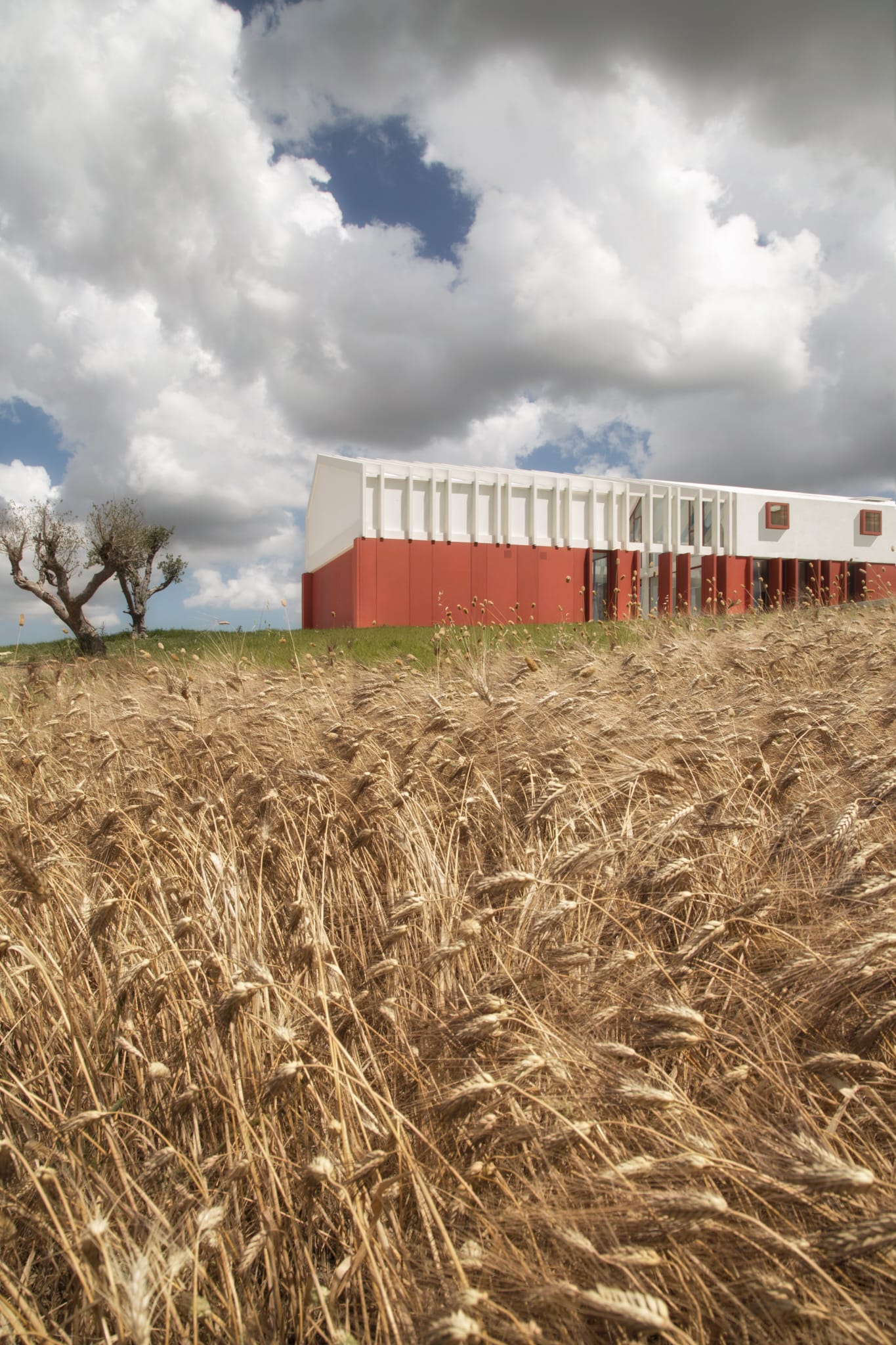It means reconnecting with our true roots, which don’t grow in concrete. Over the course of millions of years, Homo sapiens did not evolve at all in concrete canyons and densely built cities, but in their natural habitats, where plants and animals, rivers, mountains, lakes, hills and prairies prevailed.
From an evolutionary point of view, nature is our home: we are interconnected with it, the command center of Biophilia, the heart of our bond with nature of which we are part.
The anthropologist Wolf-Dieter Storl he said, in essence, that what we often tend to forget in the modern world is that we depend on the soil, that the sun, the atmospheric conditions and the plants they are something absolutely fundamental for us, and which in our evolution we have developed together with them. Our aesthetic sense was born in the interaction with nature in which humanity has evolved.
In the woods, for example, it is possible to fully experience the Biophilia effect. The air of the forest sets in motion many anti-cancer defenses; our immune system uses certain proteins to act against the degenerating cells which are a potential factor carcinogenic.
The gardens can be used as spaces for the community, and in clinics and centers
therapeutics contribute to the recovery of patients. The landscapes of our gardens bring the healing effects of nature directly to the front door, and by designing them we can give free rein to our creativity: they will adapt to all the most specific human needs.
Feeling in balance with the environment around us is a rare feeling of well-being but one that must be sought. It can be perceived in unexpected moments of our days, or pursued with constancy even if unconsciously, for the whole life. It is often felt as a physical need but in reality it hides a primordial need of the human being. It is a personal and also a collective search, which then this emotional state is the first thing that is offered to us by life, for free …
The spontaneous question is: why is man hiding this evidence? In the name of what law and what idol? When projects are proposed, the greenery, the natural elements are often treated as accessories, as an option, as a decoration …
In an office space that we recently designed for the new CNR-IRBIM headquarters in the port of Ancona, I made sure that greenery and vegetation enter the work spaces, as a natural extension of the external greenery: an internal landscape made of transparent rooms overlooking common areas. Micro-courtyards, where climatically it is an external-internal, with natural ventilation and cooling, as well as with heating given by the winter sunlight.
We like to design buildings that don’t need air conditioning. Do we realize that air conditioning is everywhere?
I believe that a built space must make us resume contact with natural elements, in an awareness of being a body. In the Casa di Confine, in the private green area there is a precious transition strip, which also wants to be a “flag” proposal for approaching the green areas project. This area, which separates the weed garden from the fields, can also be understood as a real “third landscape”, understood as a place modified by the action of man, then abandoned or defunctionalized, which must be returned to nature. Going further, in this sense, we could hypothesize a new alliance between humanity and nature in an ecological key. In this vision, the building will no longer be a single object, but rather an integral part of a hybrid landscape in which the word city would lose its meaning and public space could integrate greenery as a productive space
.
